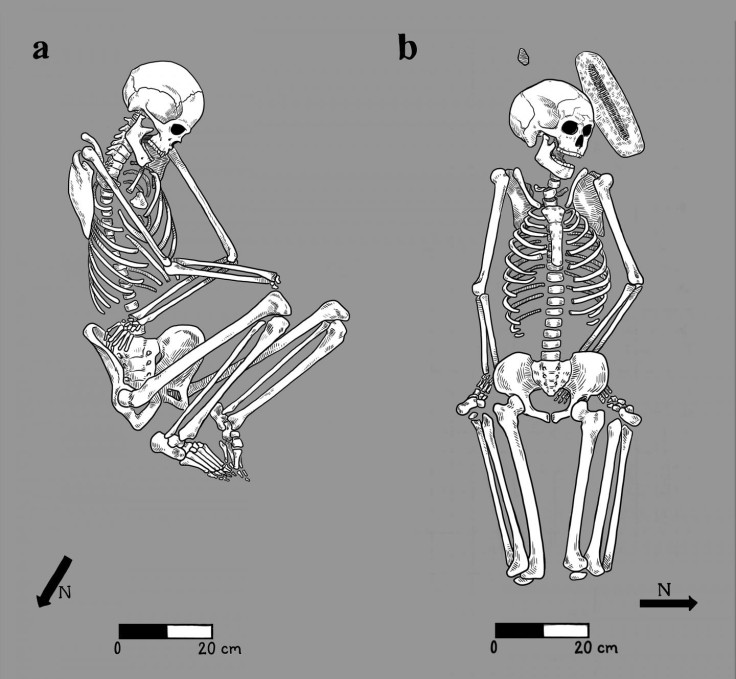How to bury your worst enemy? Ancient Arizonans threw them in headfirst
Family members were buried carefully but enemies were thrown into graves with disrespect.

Someone had a grudge against the people whose bodies were found in burial sites dating back to 2100BCE in the Sonoran Desert, researchers at the University of Arizona have said.
The team found evidence of haphazard burial practices that differed from the ordinary, careful practices for family members. These careless burials suggest a violent end and are likely to have been a mark of prestige for the survivor, according to a study published in Current Anthropology.
Watson and his colleagues surveyed 169 burial sites, containing a total of 172 bodies in the south-west of the US and north-west Mexico, ranging from 2100BCE to 50CE.
Of these, the remains of eight men and women were found in awkward positions. They differed markedly from the ordinary practice of burying bodies curled up in a foetus-like position.
The unusual burials included bodies buried "head-first, dumped into a pit, splayed on back, or splayed on stomach", James Watson, an anthropologist at the University of Arizona, told IBTimes UK. People who were buried in this careless or even violent way were the enemies of the people who buried them, Watson says, arguing that a chaotic and undignified burial was a final insult.
"We're arguing that the way they were tossed into these pits is a form of continued desecration of the body. It's moving from violence on the living individual, through to the process of death, to violence on the corpse," Watson says.

These burials happened about the same time as farming was becoming widespread in these regions of the US and Mexico. "These were the earliest villages [in the area], so we think that some of this violence comes from growing pains, as villages are established and people are claiming territory and farming the desert river valleys," Watson said. "Social tensions develop between communities, or even within communities, and end up boiling over into violence."
Watson's research goes against the prevailing theory that those buried in such a careless fashion were thought to be witches. He says that so-called witches were usually dismembered. The awkwardly buried bodies in these graves in the Sonoran Desert were all more or less in one piece.
© Copyright IBTimes 2024. All rights reserved.






